DANUrB - Highlights of semester studios at partners´ universities in Slovakia, Hungary and Austria
31-05-2017
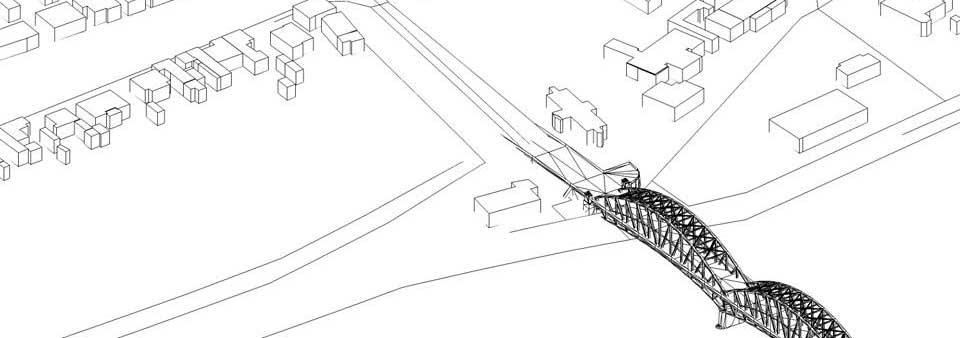
FACULTY OF ARCHITECTURE, SLOVAK UNIVERSITY OF TECHNOLOGY, BRATISLAVA, SLOVAKIA
Design Studio V - urban design with the topic of Štúrovo City
At the Faculty of Architecture, STU Bratislava, the DANUrB project has been implemented also in the educational processes. City of Štúrovo and adjacent part of Danube river was the main focus of the work of the students of the third year of bachelor study.
Design Studio V - urban design is the core and first design studio, in which students get in touch with issues of urban planning and design. This year, 51 students, working in 25 groups, were supposed to design a residential structure that would reflect on the search for the identity of the city, exploring unexplored heritage and possible scenarios for the future of the city. The semester was divided into three main parts: analytical part, articulating big visions and strategy for the city, and design of the residential structure itself. The design process was also underpinned by lot of fieldwork, in order to broaden understanding of the life in the city as much as possible. We also attempted to experiment with the education processes itself, which came with organising and cross-learning such a numerous group of students.
The results of the analytical part indicated that one of the most important topics in Štúrovo today is its predominant, unsustainable focus on tourists, disadvantaging local residents. It is the issue especially for summer months, when tourists from neighbouring countries are coming for a few days to use Aquapark Vadaš. Aqua park is a vast mono blocked urban structure creating a closed barrier in the city, and lacking any connection to the Danube as its natural counterweight. Other problems include negligence of different city quarters, serving permanent inhabitants. Furthermore, the city suffers by being known just as a periphery of Esztergom.
Addressing these issues, students´ works conclude corresponding ideas. On the strategic scale, the most important goal is to promote sustainable development and connection of the city to its neighbouring areas, to Danube riverbank and to Esztergom. This involves also promoting sustainability in terms of economical efficiency (searching of all-year-round economic cycle for the city), environmental sustainability (sustainable energy sources) and efficient urban development - integrating of more pedestrian, cycle and public transport systems and flexible built typology, supporting local activity and participation of the residents in urban governance processes. In terms of proposing concrete solutions, works focused on local residents and their needs: providing diverse employment opportunities with a focus on self-sustainability, finding agricultural possibilities in the city, proposing revitalisation of the spaces in other parts of the city using small interventions, such as greening the streets, revitalisation of spaces in between panel mass housing estates, reconstruction of bus terminal, community transformation of dilapidated individual garages and others.
Ten of the best students works will be exhibited as part of Štúrovo-Esztergom workshop in late June 2017. We hope that ideas of our students will help the municipality to open the discussion with the residents in the search for more sustainable Štúrovo, connected to Danube and its adjacent areas.
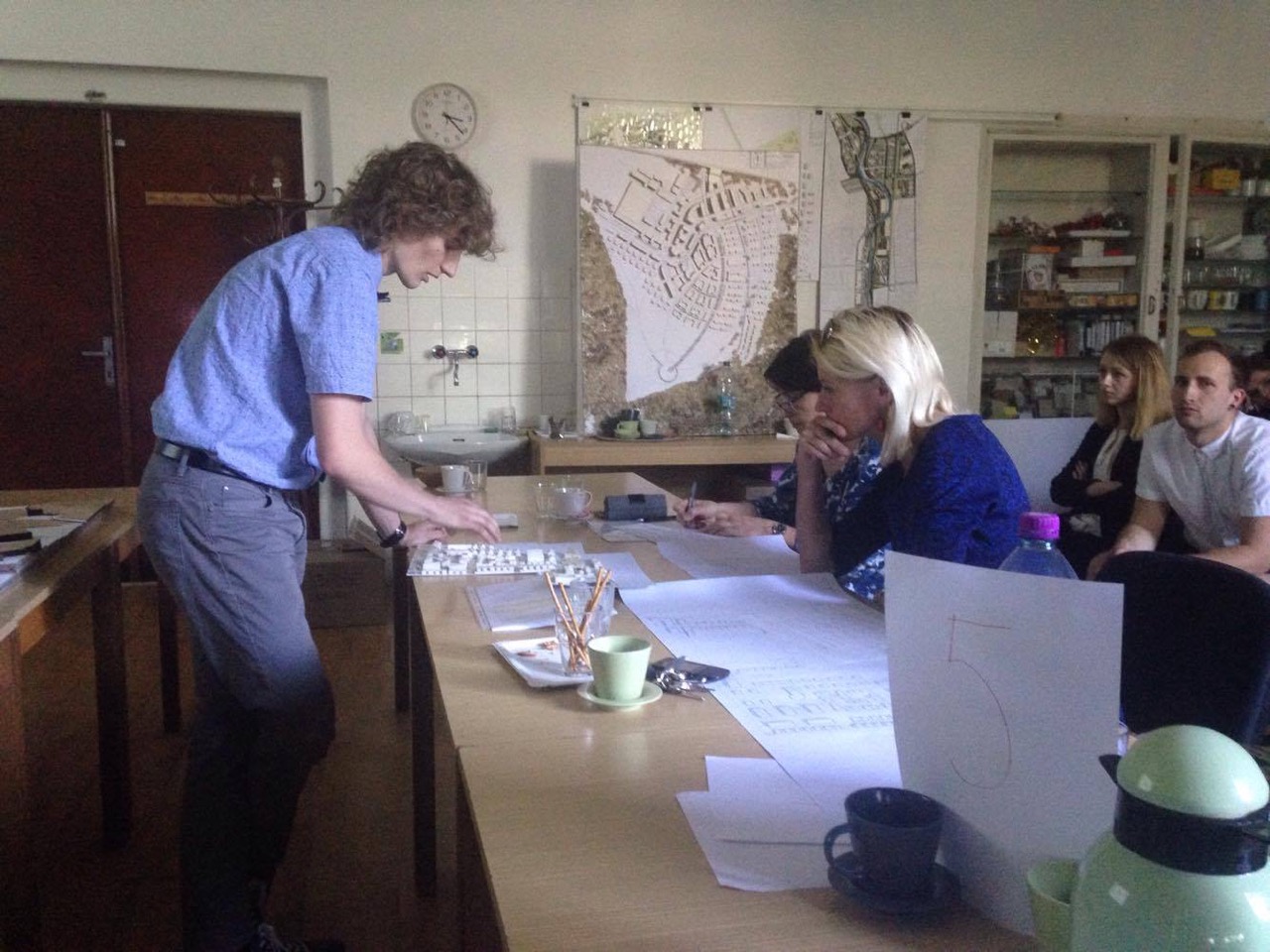
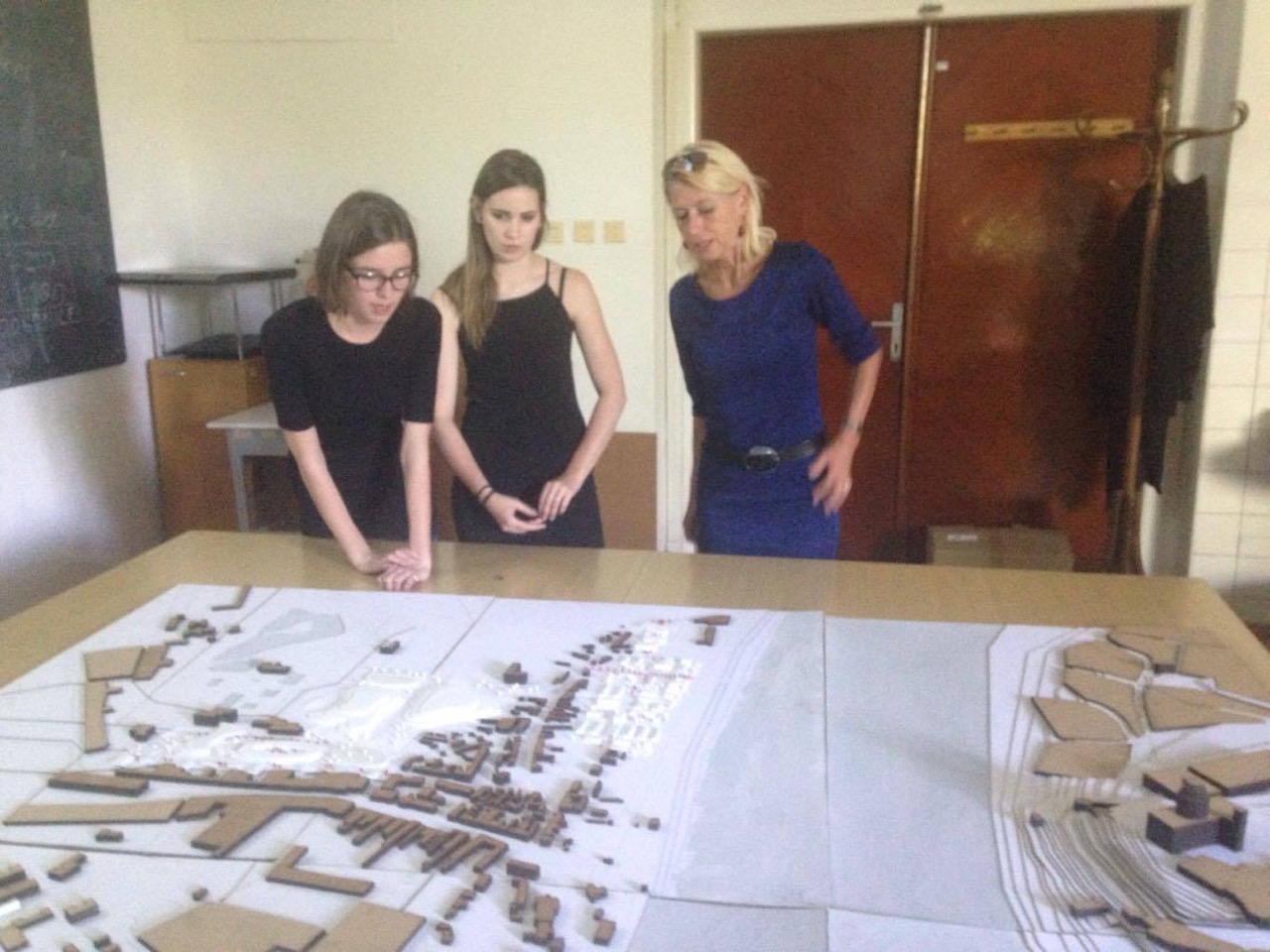
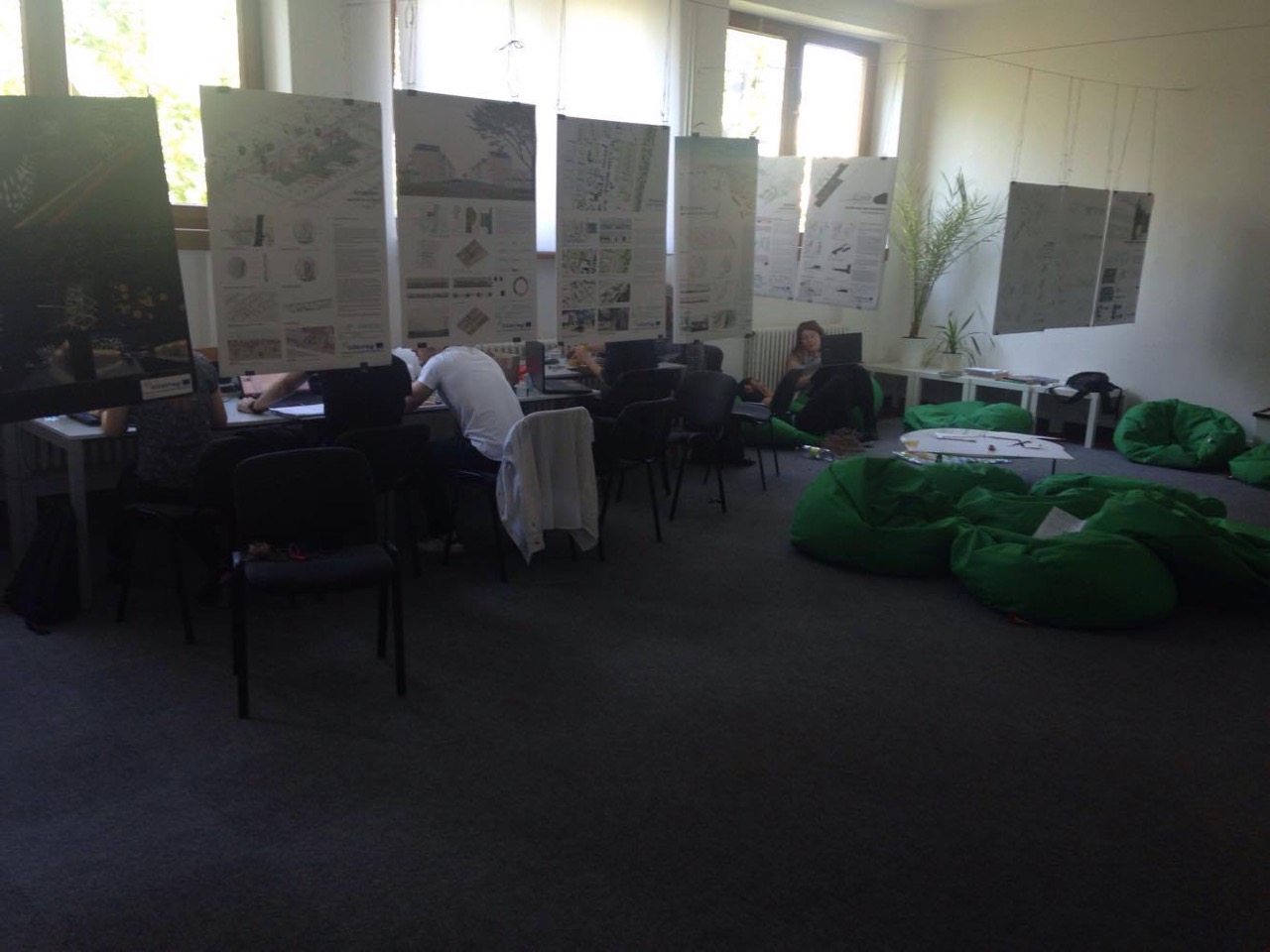
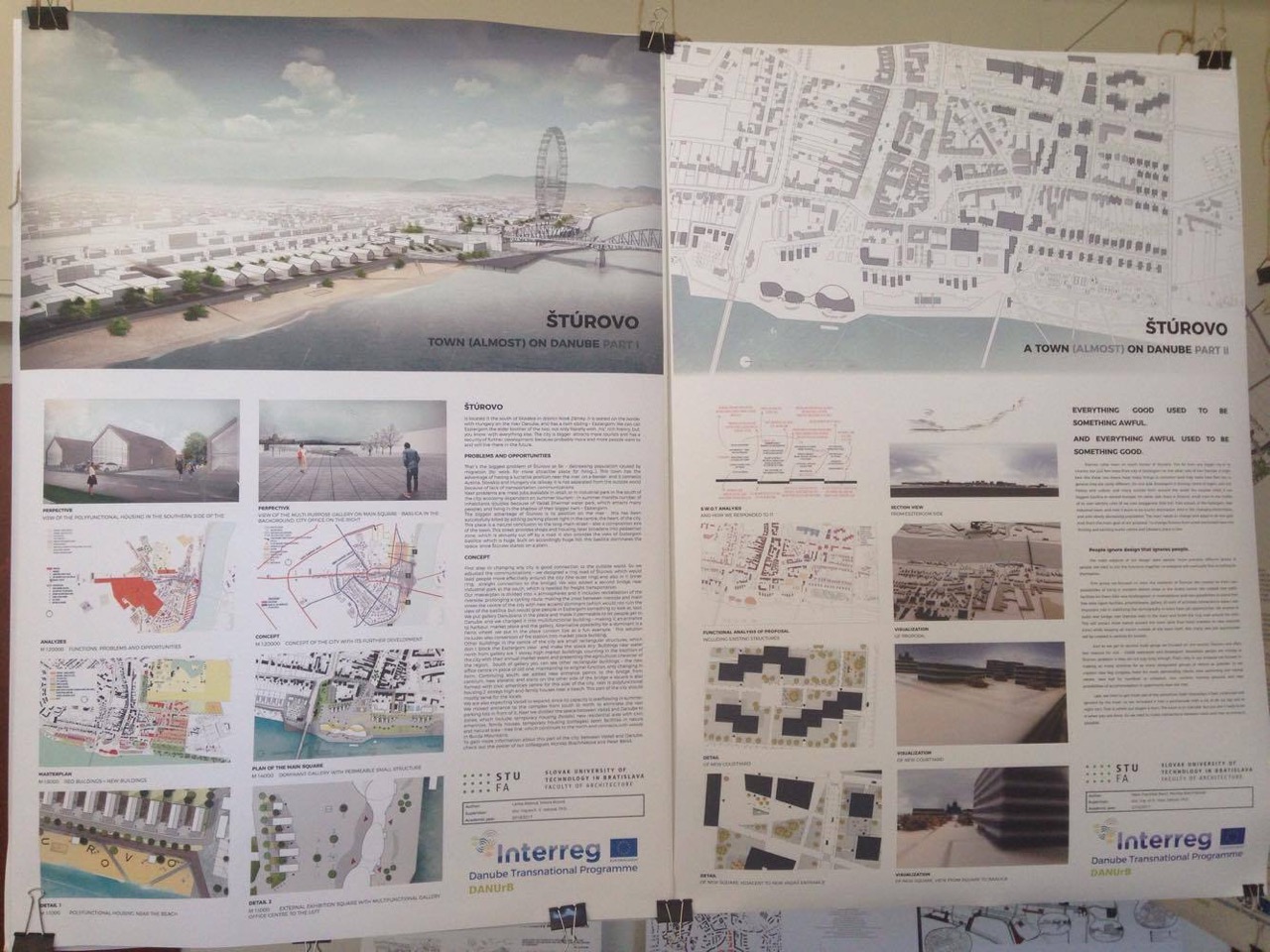

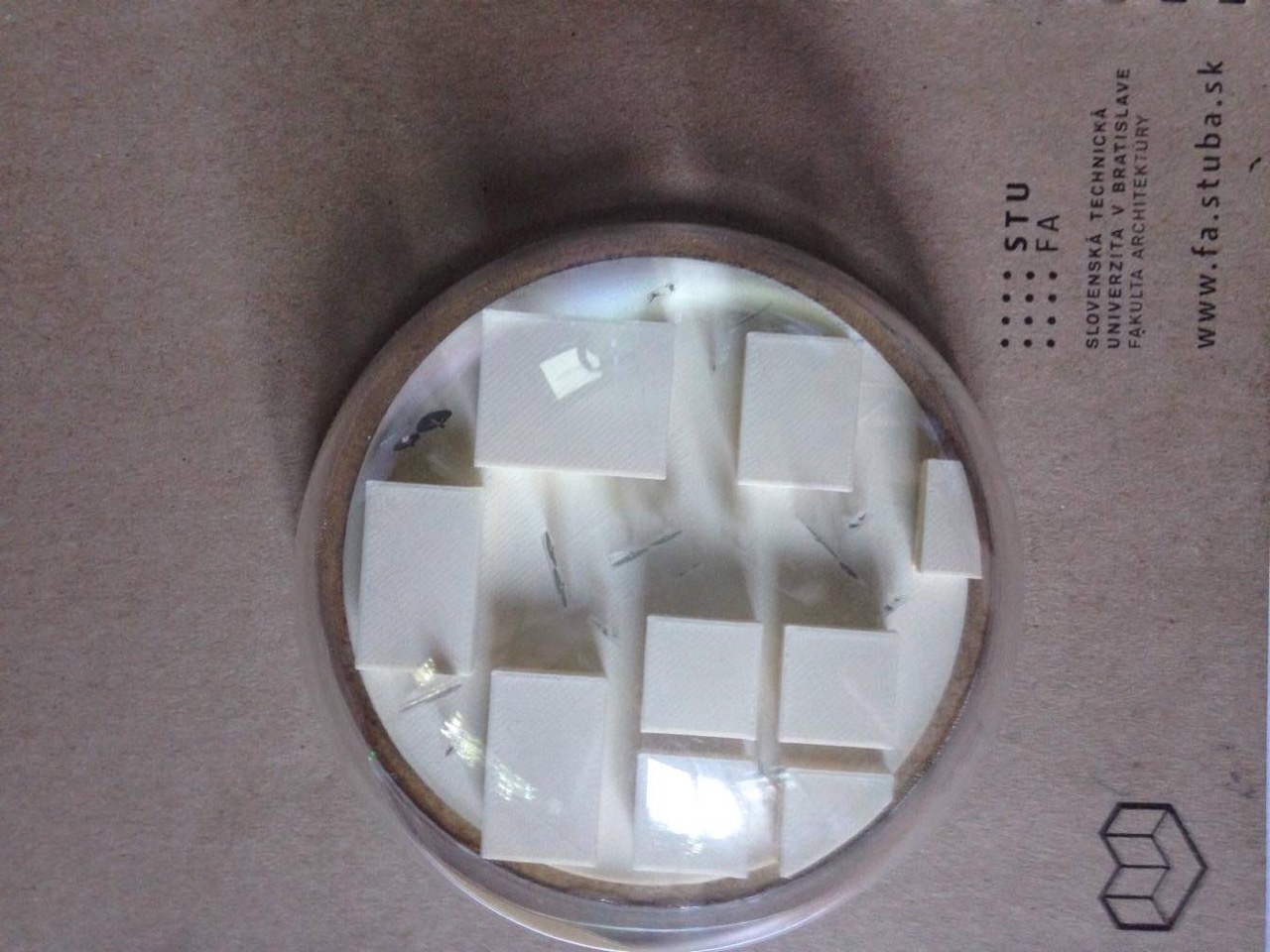
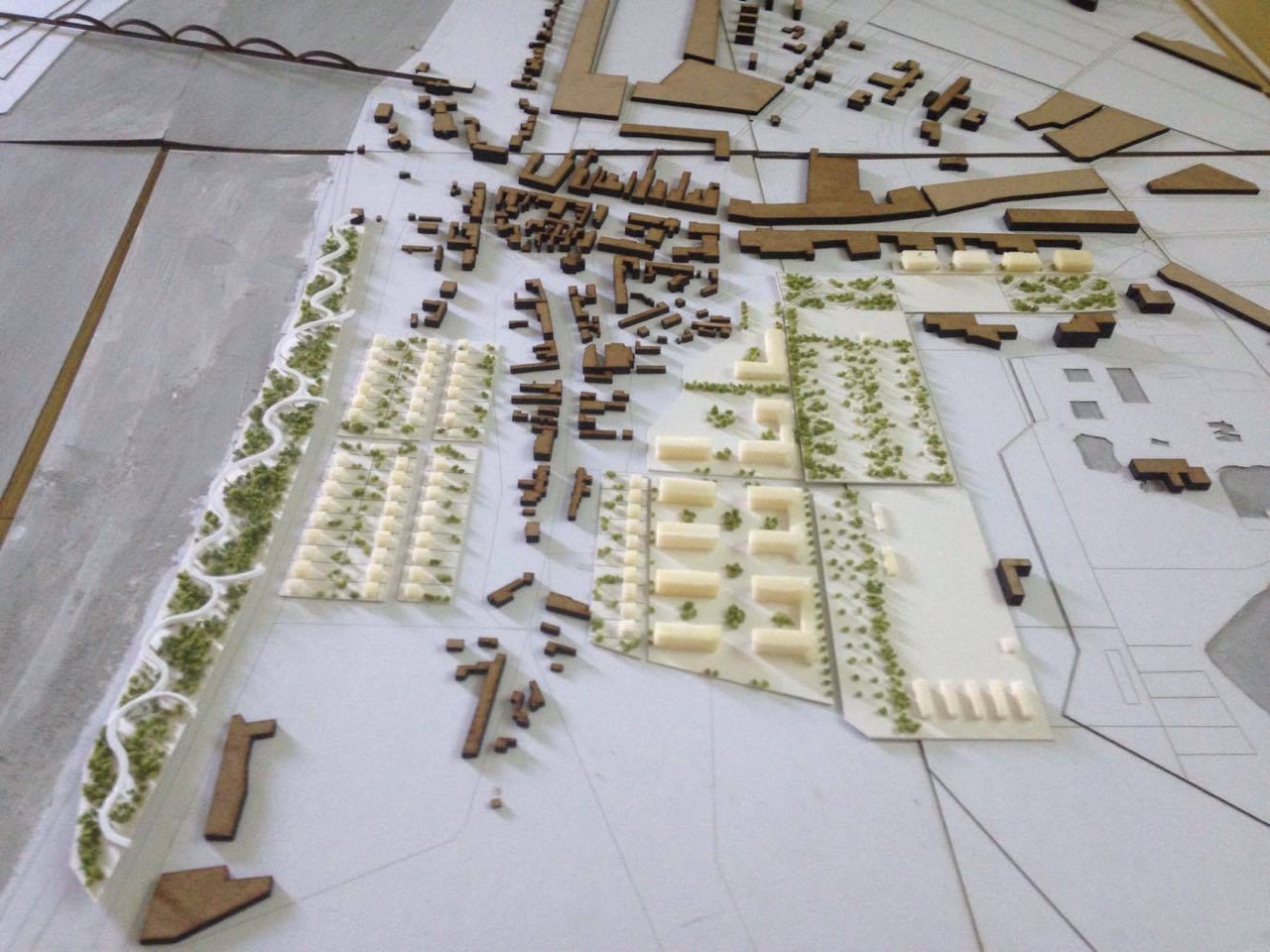


BME BUDAPEST, HUNGARY
Esztergom–Štúrovo TT1 Design Course BME - DANUrB
At the Budapest University of Technology and Economics (BME) within the framework of the TT1 Design Course (Tanszéki Tervezés 1) students of the Department for Urban Planning and Design work aligned with the objectives of our DANUrB project. One of the main goals of this endeavor is to strengthen the connection between the Danube River and the cities and communities of Esztergom (HU) and Šturovo (SK).
As a first step, the students made a trip to Esztergom and Štúrovo on February 11, 2017. Guided by researchers from BME (Melinda Benkő PhD, Bálint Kádár PhD, Sándor Pálfy DLA, Dániel Balizs PhD) they got an insight into the architectural and cultural heritage of Štúrovo and Esztergom. The research trip and its outputs are crucial for understanding the relationship between the Danube and the two communities on either side of the river that also acts as a natural state border. In order to be able to move forward with the DANUrB project as a second step within the process of understanding this relationship was meticulously inventoried and mapped.
Having created a repository of the points of interest to be analyzed the students had three main tasks during the semester: firstly, create ideas about how the inhabitants can have better access and connection to the Danube river bank. Secondly, they performed an analysis of Esztergom and Šturovo according to five criteria: natural environment, built environment, infrastructure, population and economy. Finally they had to rethink the first ideas applying the experience of the field work, the thematic analysis of these two cities and the student work in the on-site research camp of Krems and create a final plan. Throughout the whole process students were able to strengthen their abilities and skills in teamwork, project based learning and also contributed to the DANUrB project.
The upcoming Danube Days and the student workshop which will be held on June 28-30, 2017 will be the most important event for the TT1 students. Here they will have the chance to implement – through a local action – one of their final plans. At this event they will have a unique opportunity to visualize their ideas in front of the local communities and the DANUrB partners.
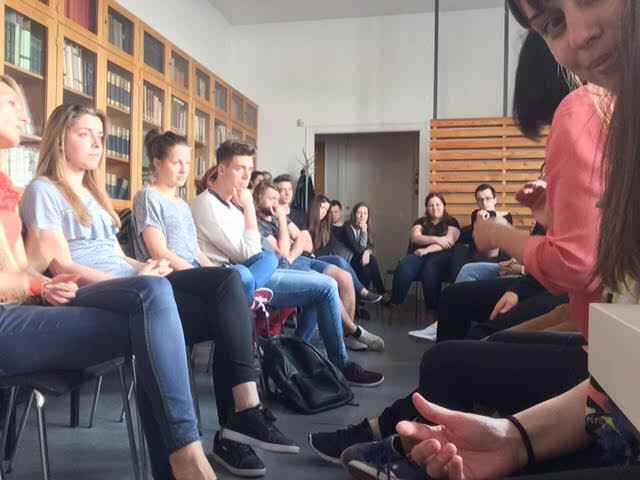
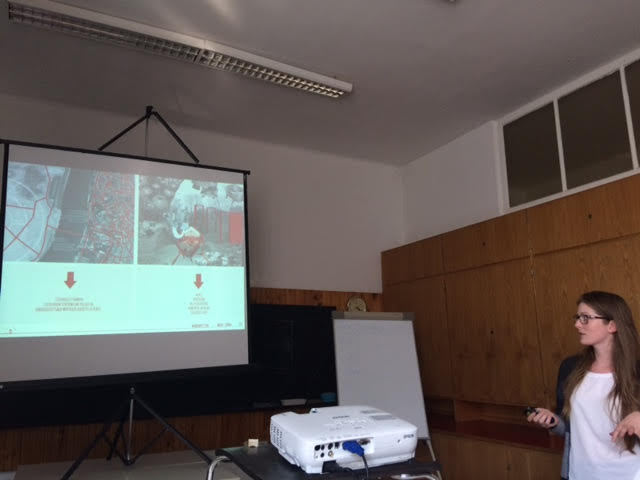
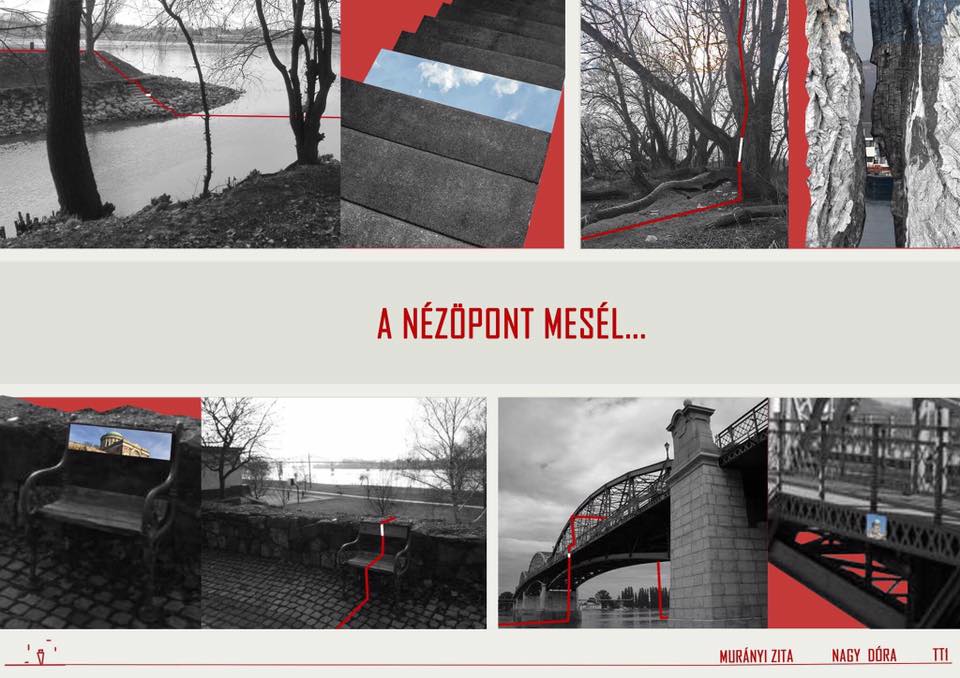
TU WIEN, AUSTRIA
Semester studio – Wachau region
After the on-site research camp in Krems in March, where first impressions and findings to different topics have been collected, the students of TU Wien intensified the analysis of the circumstances in the Wachau region. Based on the results of this analysis, problems and challenges for the future development of the region have been defined. The analysis results were generated to the following topics: natural conditions and landscape, traffic and technical infrastructure, settlements and villages, population and educational, cultural and administrative facilities, and economics.
The main problems for the Wachau region are the protection and development of the building culture and the settlement structure, the topography and therefore the reachability, especially of the communities, which do not lay directly at the riverside. The population development is also a challenge, due to the fact, that young people leave the region and the population therefore gets older and older. Further problems for example are the intense tourism season, natural hazards or the protection of the cultural landscape.
Out of these problems and challenges, the students generated some ideas and projects for the development of the Wachau. For example they created a new mobility concept for the region, a recommendation how to integrate affordable housing with new architecture in the existing settlement structure, how to design the promenade along the Danube, or how traditions or cultural characteristics of the region could be preserved for future generations. These results will be presented at the students’ exhibition in Esztergom - Štúrovo on June 29-30.

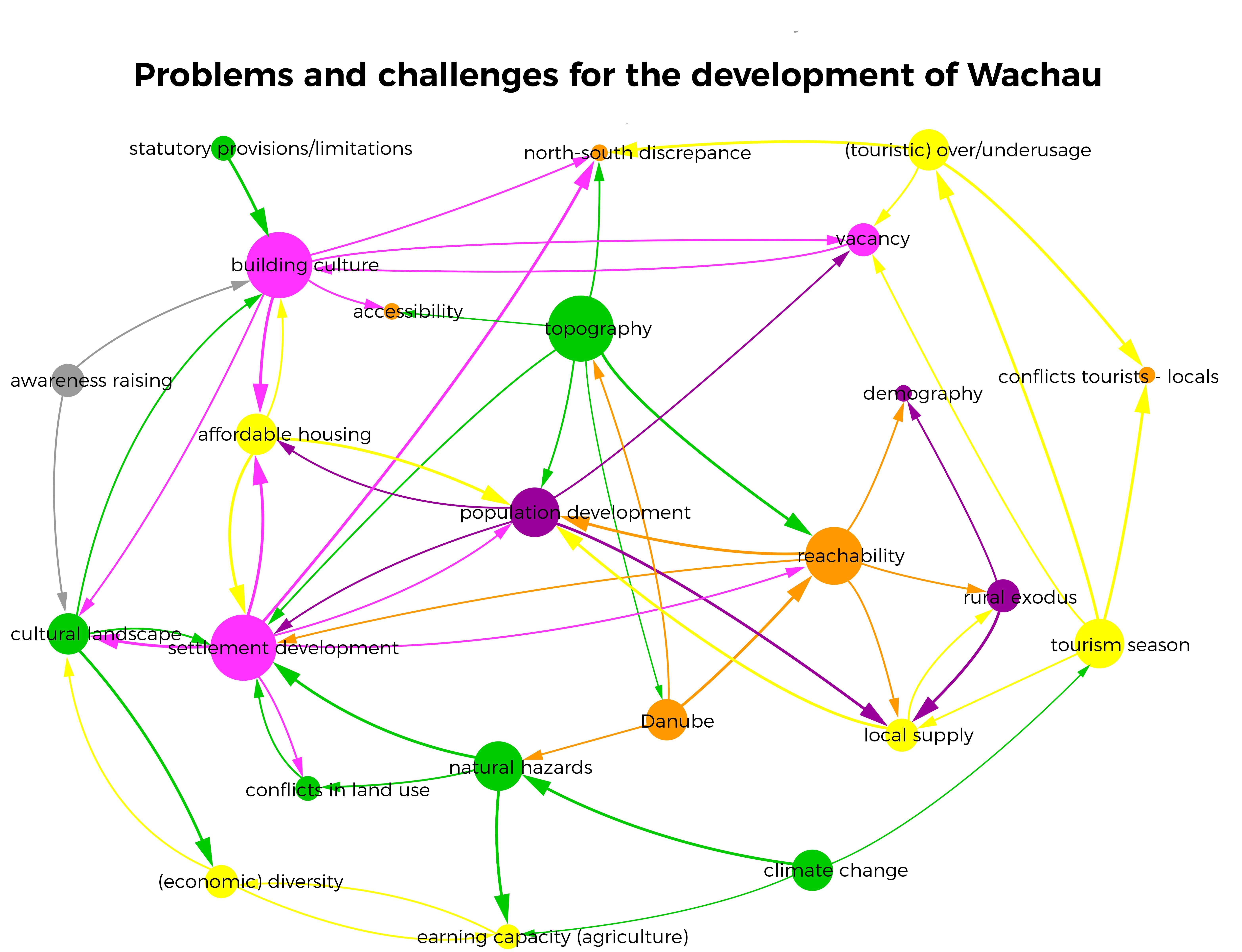
UNIVERSITY OF BELGRADE – FACULTY OF ARCHITECTURE, BELGRADE, SERBIA
Master Module: Integral urbanism. Compulsory subject: Methodology of Urban Design. Polygon: Golubac Municipality and Town, Serbia
The Faculty of Architecture of the University of Belgrade, Serbia, as a partner at DANUrB project uses this opportunity to organise the design course which will be in line with the objectives and research areas related to the project. This is materialised within the compulsory subject “Methodology of Urban Design” (Serb. Методологија урбаног дизајна) is carried in “integral Urbanism” module. Responsible lecturer is Ass. Prof. Dr. Aleksandra Đukić and assistants are: Ass. Ivica Nikolić, researcher Branislav Antonić, and student-fellow Tamara Radić. A polygon for student research and design is Golubac Municipality and Town in Iron Gate gorge, in eastern Serbia.
The focus in the course “Methodology of Urban Design” is on the training of students for work in the field of urban design, i.e. the development of their abilities to understand, systemise and implement the different methods of urban design, as well as to use acquired knowledge in practice – in creation of urban plans and urban design projects. Therefore, the course is framed to combine lecturing and practical classes. Chronologically, the course is divided into two parts during semester: (i) research part and (ii) design part. Student work during each part is completed in the form of a colloquium elaborate. All of 25 students, organised in 9 groups, successfully passed semester work within the course.
Both parts of the course consist of several steps. The first part comprises the multi-approach research of course polygon - Golubac town and municipality. Concretely, it includes: investigation of available hardcopy and internet resources, on-site research with workshop, multi-aspect analyses (physical, functional, network and connectivity, media presentation, historical, social, economical, etc.). It finishes with comprehensive SWOT analyse. In all steps, graphical representation and the mapping of acquired data are very important. The most significant step was the first on-site research in Golubac, which was conducted in March 2nd, 2017. During this on-site research, students visited the town and Golubac Fortress as a cultural asset of exceptional importance for Serbia, had professional debate with local experts, conducted a survey with questionnaire for locals and measured the flow of pedestrians, cyclists and vehicles in central Golubac for space-syntax research model.
The second part is design-oriented in shape of a scenario planning. It also has several steps. The first one is the definition of the design concept, based on a vision, aims, and a design programme by each student group. In the second step, every member of the groups develops his/her own scenario for Golubac town. Every scenario proposed specific outcomes - priority actions, their mapping and implementation through phases and involved stakeholders. The final step is formed by the amalgamation of all scenarios in a group. It is focused on a “micro-spatial intervention” in Golubac town – the urban-design project of an important open public space (square, park, street, part of quay, etc.) that can facilitate the development of the entire Golubac. The results of semester work were presented to local experts in the second workshop in Golubac, carried on May 29th, 2017.
The best students are selected to exhibit their work at the international student workshop in Esztergom (HU) and Štúrovo (SK) in late June 2017. This possibility will enable the faculty, lecturers and students to present their work as well as Golubac, Iron Gate and Serbia to international audience. Moreover, it will be a step forward to build a research-design network along the Danube.

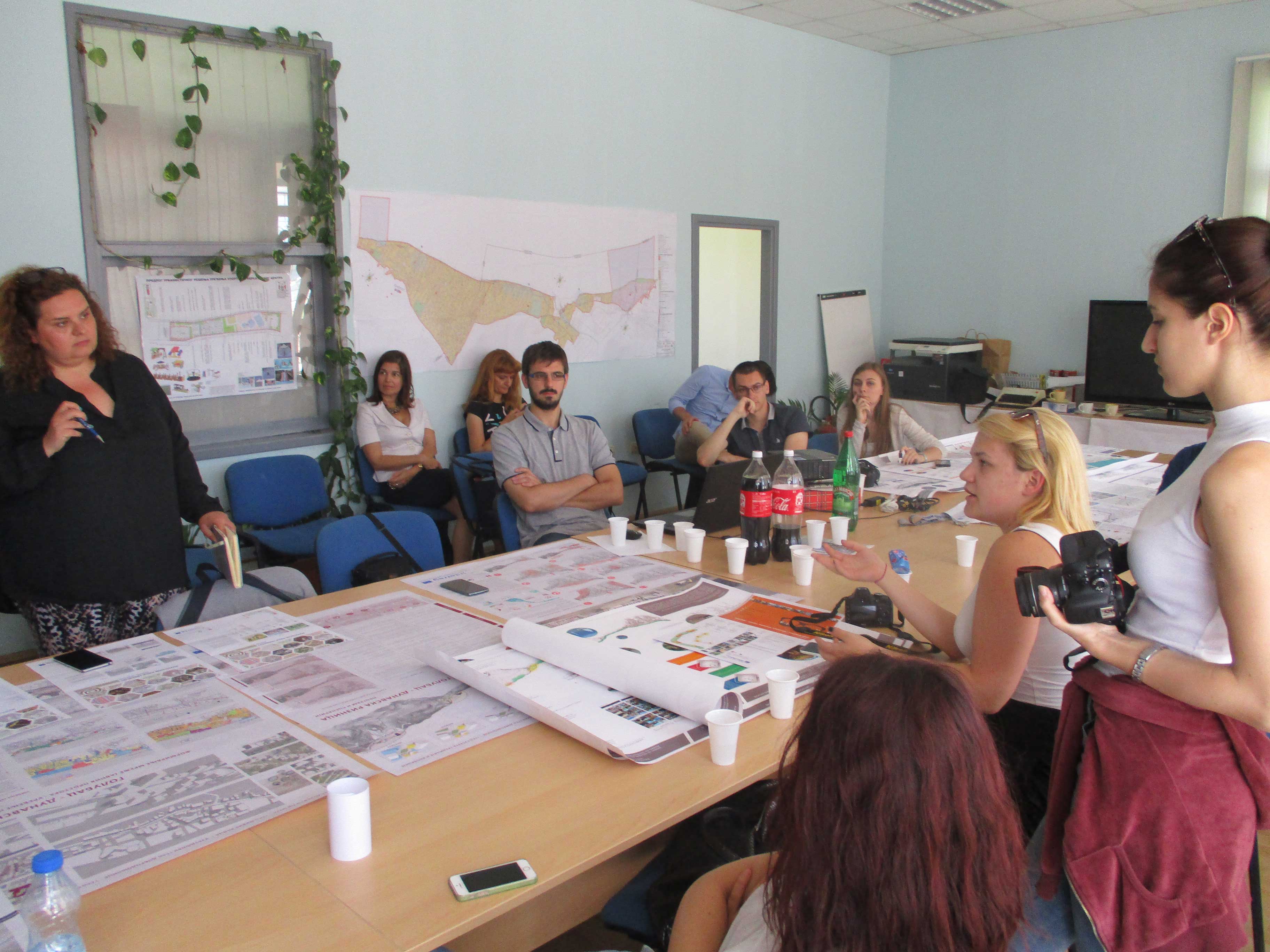
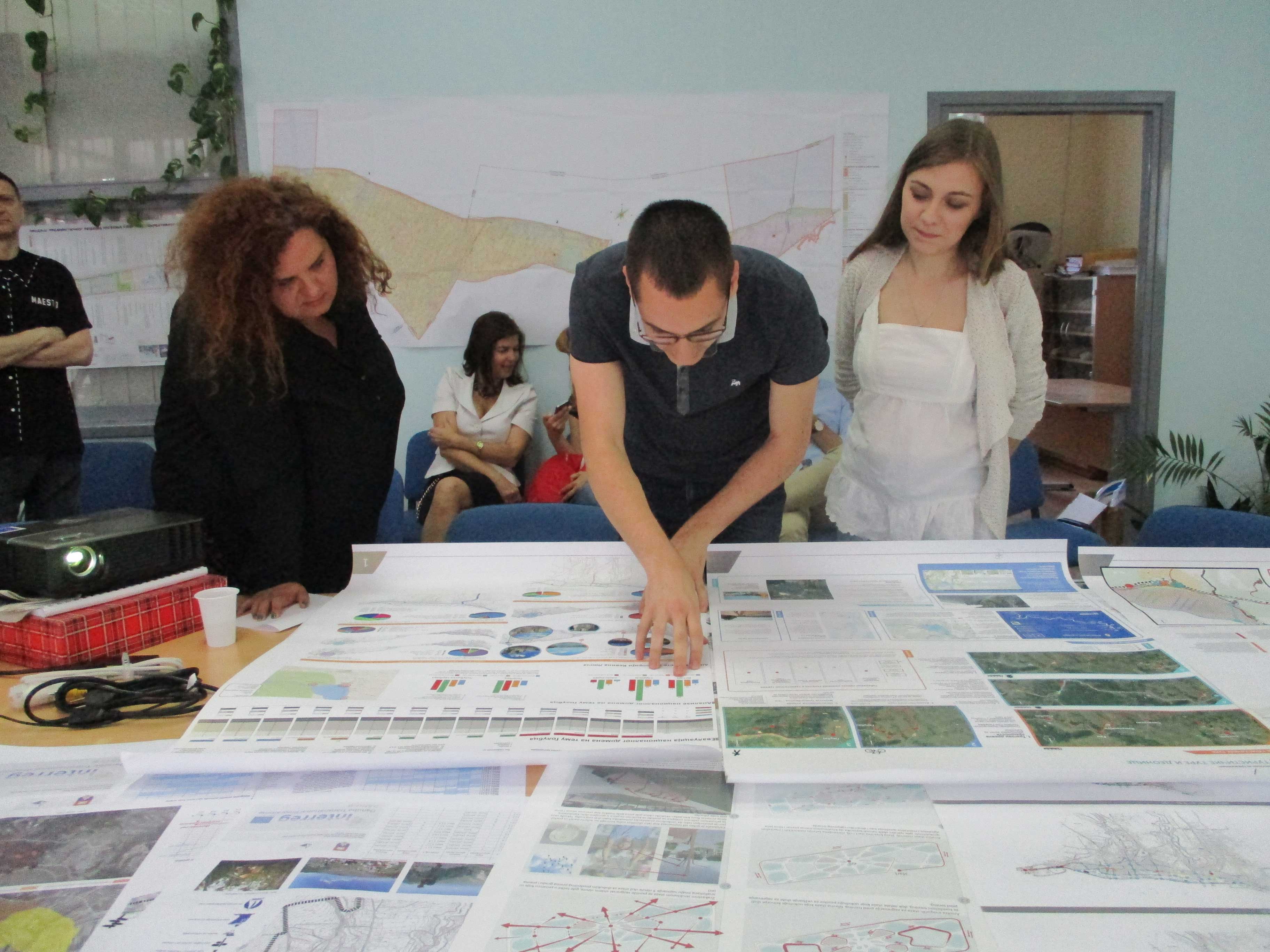
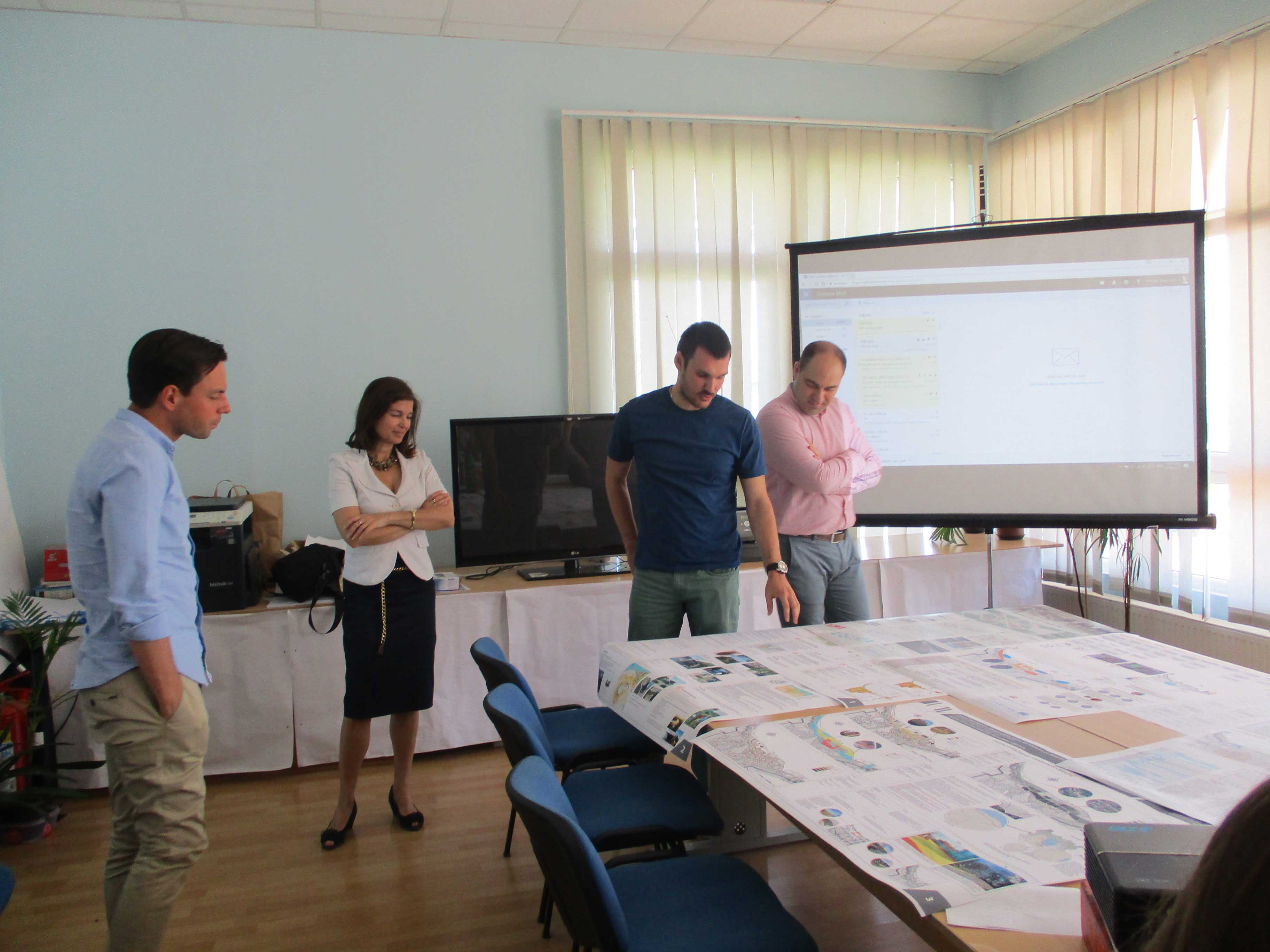

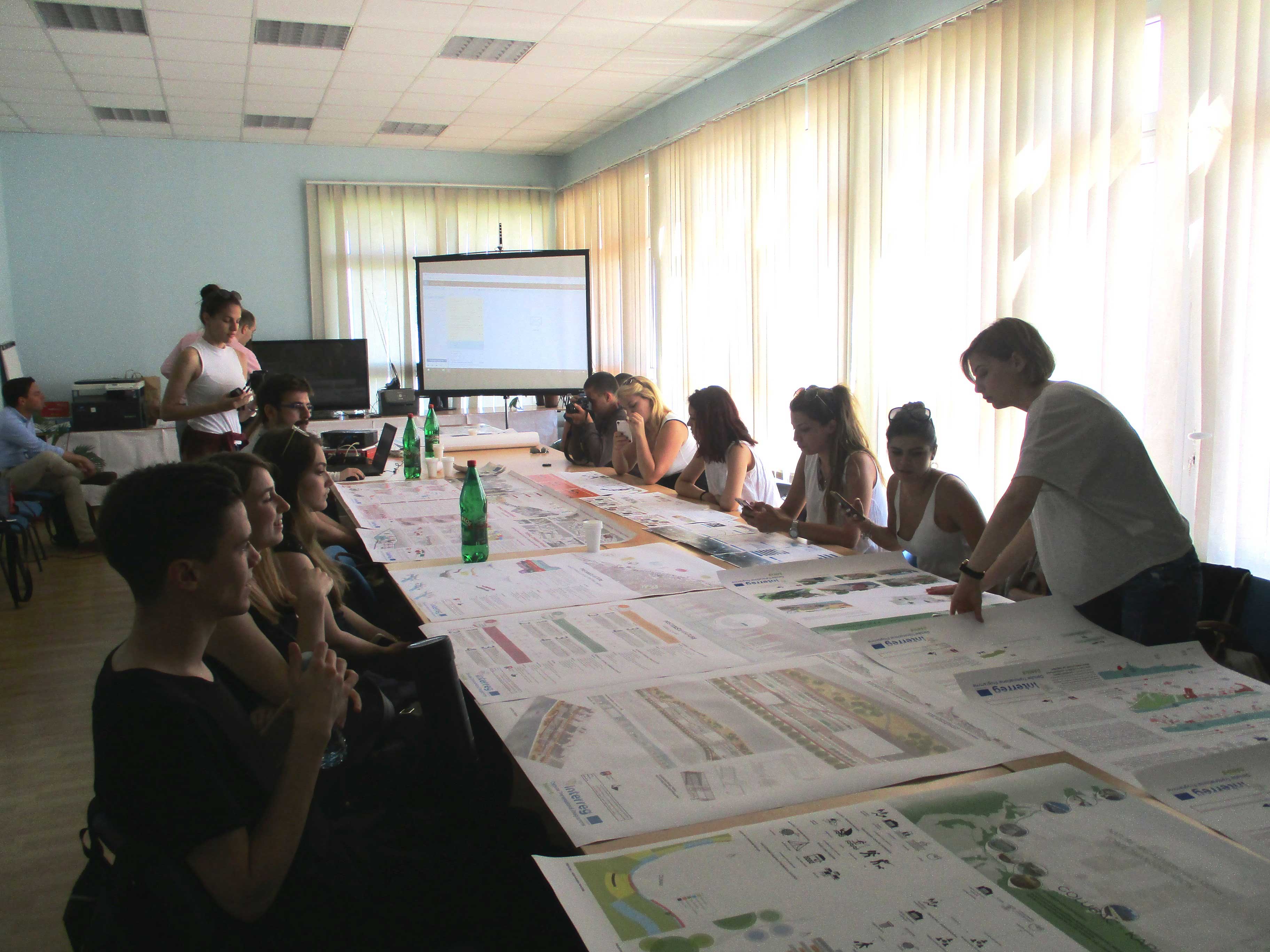
FACULTY OF TECHNICAL SCIENCES UNIVERSITY OF NOVI SAD
Semester studio
At the Faculty of Technical Sciences, University of Novi Sad (Serbia), the DANUrB project has been implemented also in the educational processes within two courses on master level of studies. For both courses the city of Bačka Palanka and adjacent part of the Danube River was the main focus of the work of the students. As a first step for both courses, the students made a trip to Bačka Palanka on March 23, 2017. Guided by researchers from the Faculty of Technical Sciences (Prof.dr Milena Krklješ, Prof.dr Darko Reba, Doc. dr Mirjana Sladić, Teach. Ass. Marina Carević, Teach. Ass. Aleksandra Bandić, Teach. Ass Ranka Medenica and Teach. Ass. Stefan Škorić) and ASP from Bačka Palanka (Dr Vladimir Dragičević) they got an insight into the situation regarding architectural, urban and cultural heritage in this area.
At the fist course Strategies and Methods in Urban Planning – elective course on master studies,students get in touch with issues of research, urban planning and design. This year, 6 students in this course have been creating strategies for development of Bačka Palanka Municipality. Some of students attended the workshop in Krems (Austria) in March, so the proposed methodology for analyses was used.The work began with site analyses in the Municipality of Bačka Palanka - town of Bačka Palanka, and villages of Čelarevo, and Neštin, which included the crossing of the border with Croatia, and enlightened one of the problems of the Municipality, divided by the Danube. Other significant problems that were observed are decrease in population, bad infrastructural connections, increased level of tourism development, etc. The results of analytical part indicated that beside the river Danube, the most important potentials of the Municipality are natural heritage and some cultural heritage. So the proposed strategies are based on developing of these potentials. Other potentials are agricultural soil, closeness of National park and monasteries at Fruškagora, etc. Student projects included developing of ethno and nautical tourism, hunting and fishing tourism, development of bicycle cultural route, and activation of rural background by forming of agricultural networks.
At the second course Elements and Assembly Units in Architectural and Urban Design, 28 students had the task of exploring the potentials of the characteristic areas of the Danube area in Vojvodina region, with the main focus on Bačka Palanka Municipality. The topics that were discussed included architecture, urban planning, architectural heritage along the Danube river, DTD channel, cultural and other event sites, socio-economic factors, tourism facilities, etc. The research was divided into three segments. The first part was the analysis of the selected field of research, the valorisation of the current state and the factors influencing such animageof the settlement. Some of students who attended the workshop in Krems (Austria) in Marchgave instructions to their colleagues about the proposed methodology for analyses and it was used also in this course. The second part aimed at the defining the characteristic factors by which it was possible to conduct a comparative analysis with examples from the region. The results of the analytical part of the study indicated to students what in the third part they should point out in the suggestions, recommendations and levels of protection for which the investigated situation could be improved.
Addressing observed issues, students’ works in both courses concluded with ideas for the improvement of the current situation in the researched area. The most important goal is to promote sustainable development in terms of economical efficiency, tourism potentials, environmental sustainability and efficient urban development.Each student developed its own idea and proposal in terms of solutions for the development of the Danube region.
These results will be presented at the students’ exhibition in Esztergom - Štúrovo on June 29-30, when they will have the chance to discuss about their proposals with colleagues from different countries participating in the DANUrB Project.
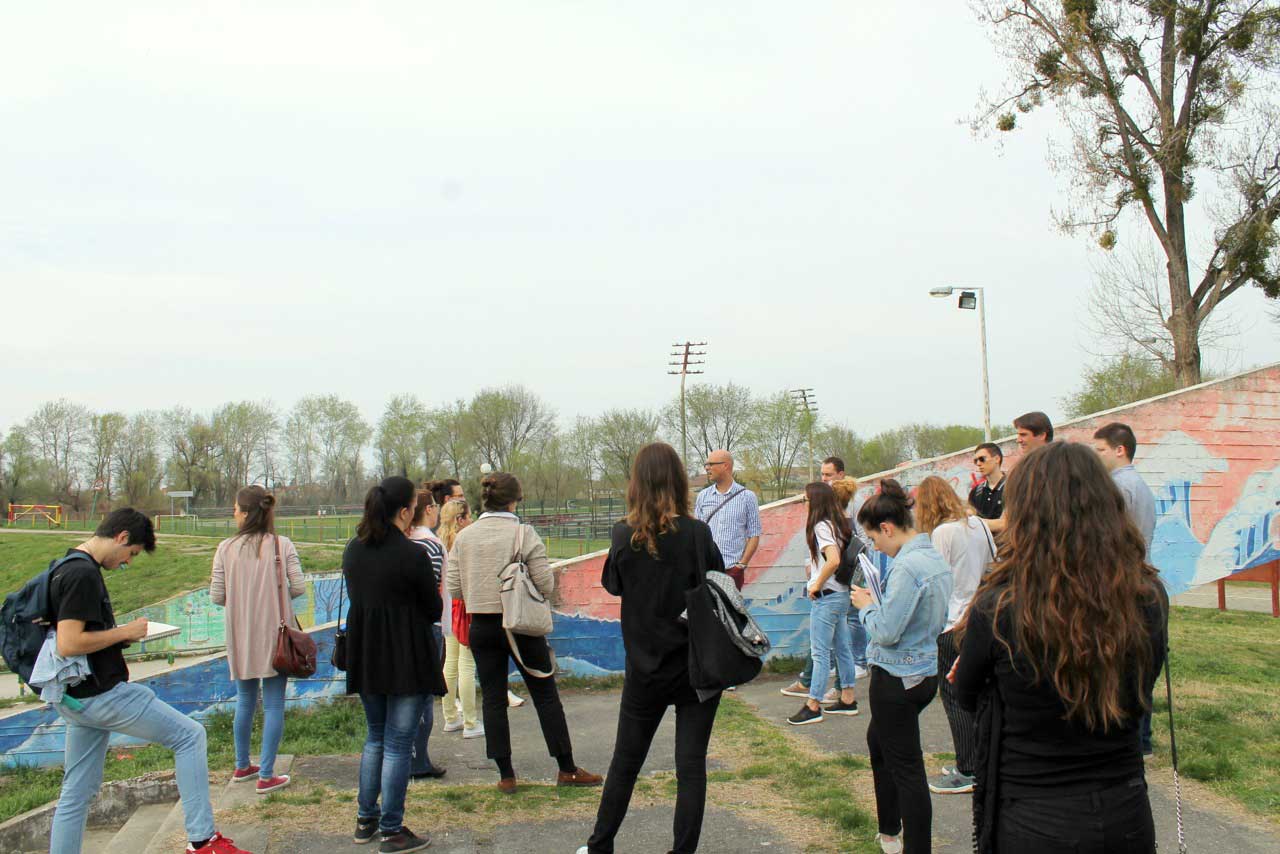
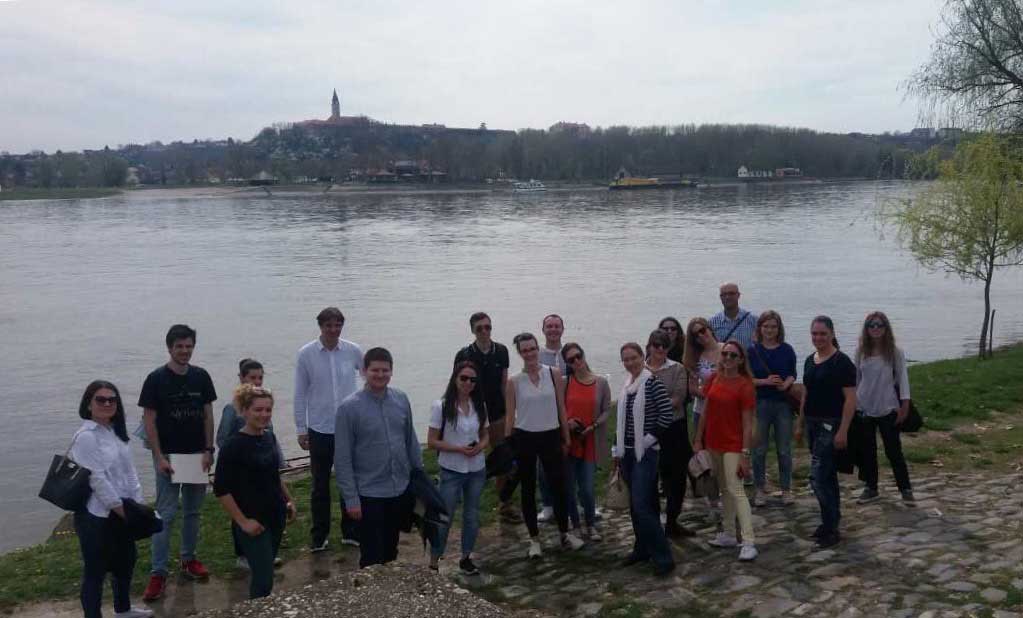
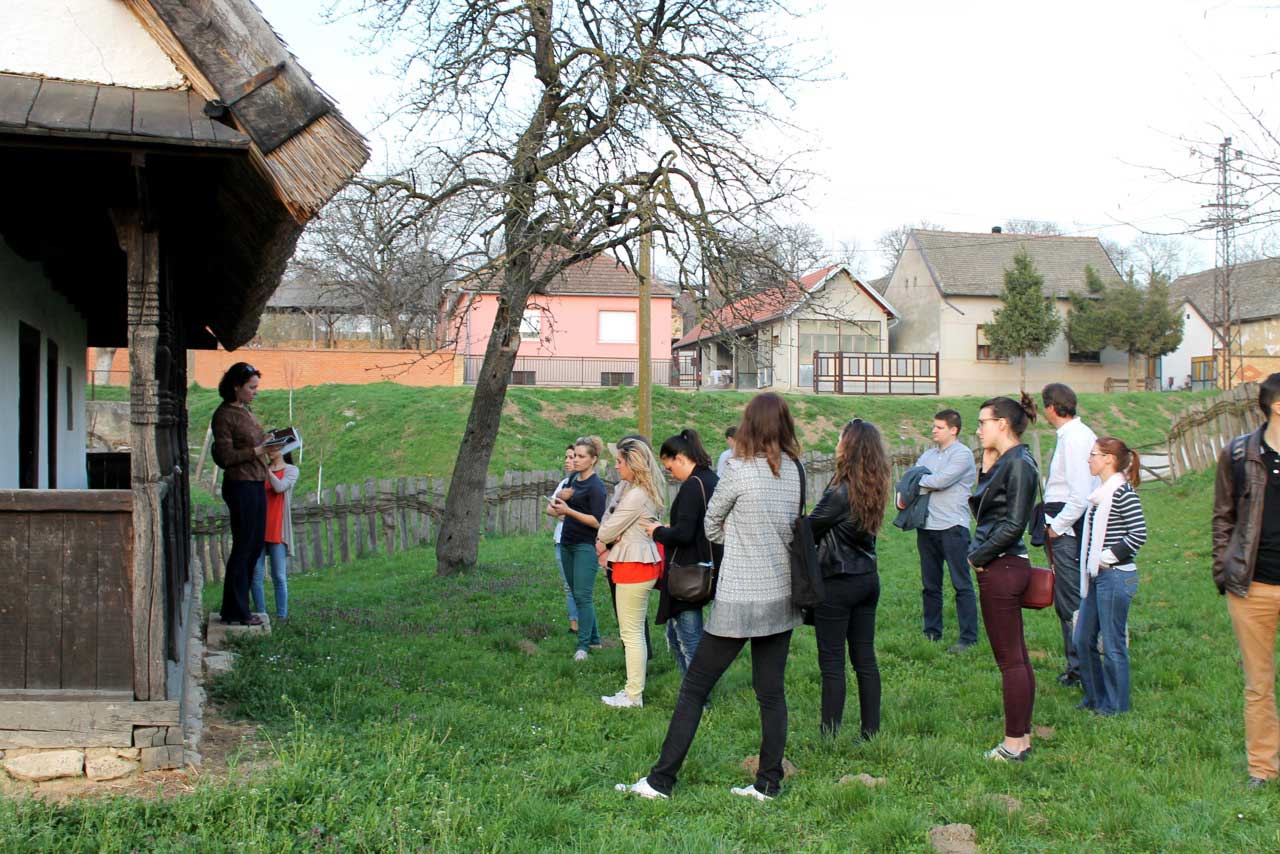
For more information about the DANUrB project, please visit dtp.interreg-danube.eu/danurb
Follow the DANUrB project on social media:
This project is co-funded by European Union funds (ERDF and IPA).




